
Sea Stars, Sea Urchins and Other Echinoderms Of Guam
Echinoderms are members of a phylum (i.e., a major group) of common, often large and colorful shallow-water invertebrates seen on the reefs around Guam. The

Echinoderms are members of a phylum (i.e., a major group) of common, often large and colorful shallow-water invertebrates seen on the reefs around Guam. The
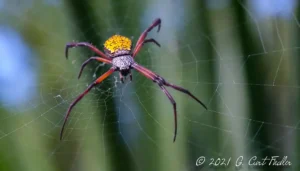
There are 11 classes (i.e., major groups) of living arachnids in the world. Of these, only six are likely to be encountered on Guam: the
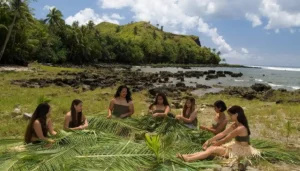
In addition to analyzing artifacts, archeologists often study ancient environments to understand how prehistoric societies both shaped, and were shaped by, their natural surroundings. For
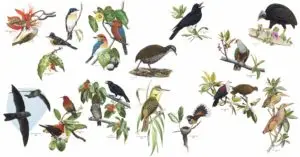
Listen to Guam birds like the Åga (Mariana Crow) and the Yǻyaguak (Mariana Gray Swiftlet).

Guam’s Fish and Wildlife Fact Sheets are in their fourth printing since the original series came out in 2002. The 80 fact sheets contain images
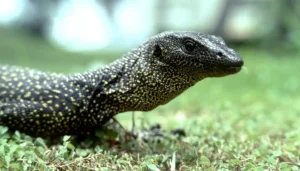
The hilitai or monitor lizard (Varanus tsukamotoi) was introduced to the island before European contact in the 1500’s. It is black or dark green with

William Edwin Safford (1859 – 1926), raised in Ohio, served as a lieutenant in the US Navy during the Spanish-American War. Guam became a possession
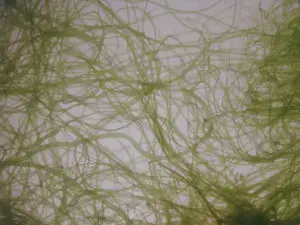
Seaweeds, or marine benthic algae, constitute the primary plant life in the marine waters around Guam. Seaweeds serve as the primary producers of nutrients made
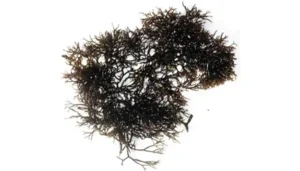
The notoriety of the red seaweed, Gracilaria tsudae, (Division Rhodophyta, Class Rhodophyceae, Order Gracilariales, Family Gracilariaceae), known as chaguan tasi on Guam, was triggered by

The green seaweed Enteromorpha clathrata (Roth) Greville grows profusely along the shoreline on certain beaches on the west (leeward) coast of Guam between the low